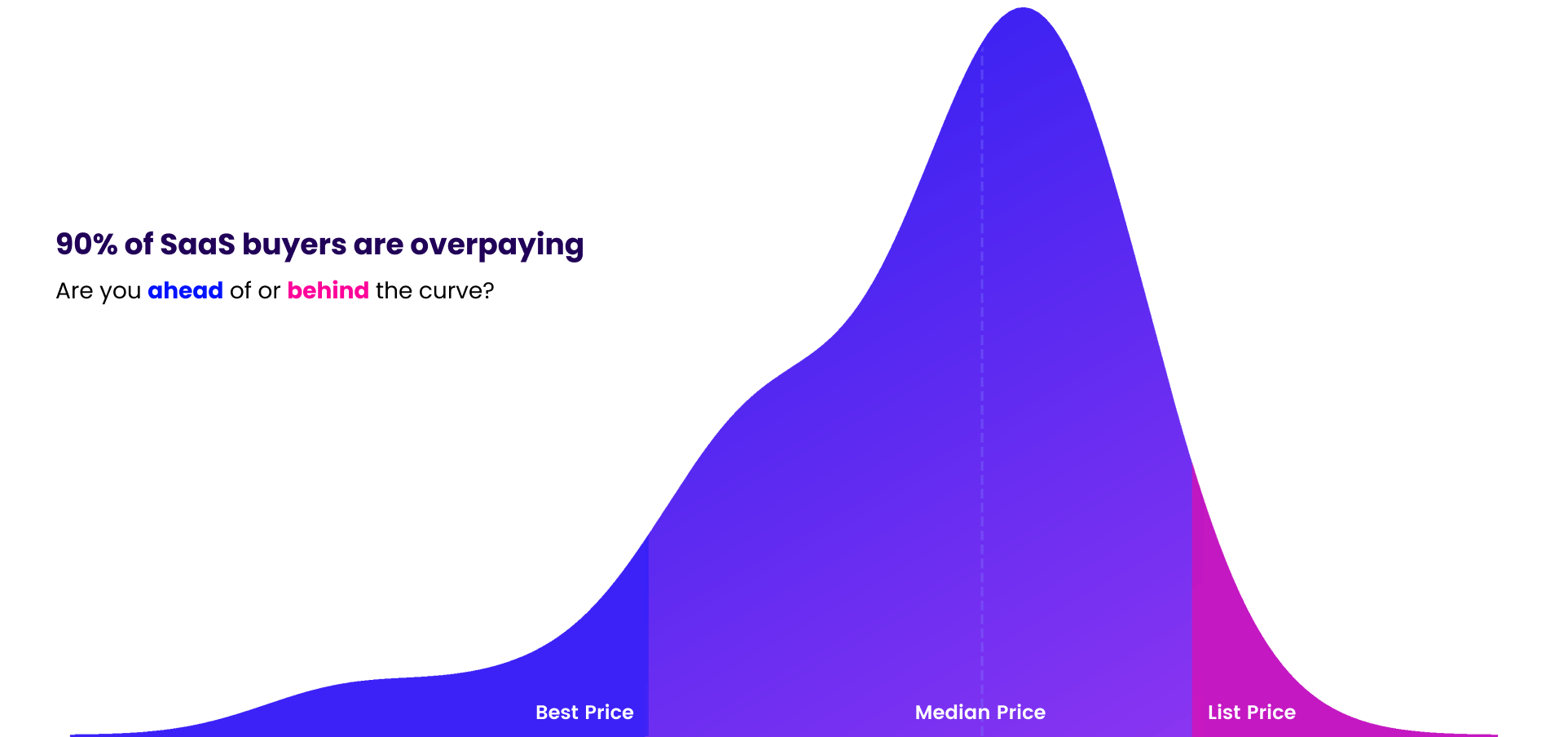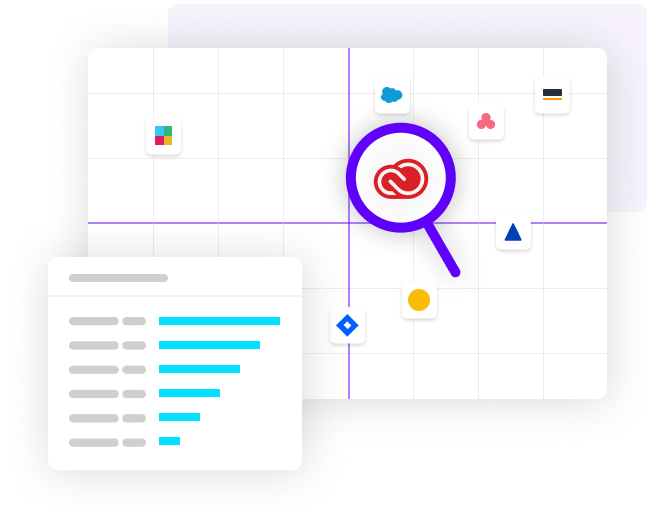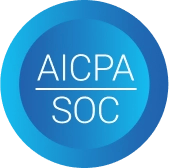Optimizing Your SaaS Purchasing
A step-by-step manual
The current difficult economic environment makes this a critical time for enterprises to get their SaaS spend in check, as Gartner projects annual SaaS spend to exceed $145 billion in 2022 — up nearly 20% over 2021.
The sheer volume of applications used by the modern enterprise has led to widespread budget over-expenditure. Our data shows that a typical business is overspending by about 20-30% per year on SaaS.
At the same time, managing this spend across multiple applications and geographies requires levels of time, effort and specialization that most finance and IT teams lack.
The picture becomes increasingly complex when you consider how a tech stack changes as a business grows over time.
You need more and more applications and licenses as your team grows, and annual spend is rising continuously as you hit renewal periods throughout the year. So far, our test customers have an average of 78 separate live SaaS contracts that require annual renewals.
It’s extremely time consuming for finance teams just to keep up with their SaaS renewal schedules, as each deal has its own specific stages and vendor correspondences that need to be tracked.
This leaves you with very little bandwidth to even attempt negotiating better renewal rates.
But it doesn’t have to be this way.
This guide shows you how to modernize your SaaS purchasing process, based on our team’s best practices honed over years of negotiating contracts.
Learn to streamline and strengthen your procurement function throughout the full lifecycle of a SaaS renewal — from mapping out your stack and understanding your requirements to handling the negotiation and closing the deal.

Documenting your stack
Before you can start saving, you need to understand your stack. You want a central location which gives you a summary and a detailed view of your current contracts. Each contract should have enough information to help you analyze your spending and contextualize your relationships with each vendor.
Without a single source of truth, your stack will not be transparent. This will lead to duplication of tools and a buildup of unnecessary licenses, and eventually, auto-renewing contracts with no oversight.
A quick way to start tracking your spend is to fill out an Excel spreadsheet with your contract details. This will give you some insight into your overall spend, as well as which contracts are coming up for renewal and need to be given special attention.
With this awareness, you will have ample time to negotiate the renewal and get an improved price, rather than being stuck auto renewing unwanted software at an increasing price each year.
Focus on tracking the top tools from each department, as these will make up the vast majority of your spend.
If you are struggling to locate the relevant contracts for each vendor, instead of asking around internally, contact the vendor themselves and request the current version of the contract. Competent vendors should be able to quickly and easily provide this.
9 key contract details to include in your system of record
Moving to an automated solution
As time passes, it will become apparent that a static spreadsheet requires too much manual intervention.
It is important to communicate with department heads to see if they have added or removed any tools from your stack and update the sheet to reflect any changes in license count and pricing.
Additionally, a manual approach is time consuming and leaves too much room for error. If the responsible individual forgets an upcoming renewal date, the contract will almost certainly be automatically renewed at an increased price.
While it is occasionally possible to reverse this, you would have very little time and leverage in the ensuing negotiation.
Without a 360-degree view of your SaaS stack, it will become increasingly difficult to ensure compliance with IT and Legal requirements.
Furthermore, you will not be able to see the history of your spending and relationships or be able to project spending and budgets easily for the coming years.
Look for solutions that help you gain visibility by sorting your entire stack into one simple dashboard through a straightforward upload or integration. This will give you easy access to all your contract details and provide timely reminders when renewals are coming up.

Evaluating a SaaS product
Once you have visibility into your SaaS stack, you can then begin the purchasing or renewal process. A key part of the process is understanding the value of the SaaS product being requested.
You need to have clear reasons for purchasing a specific product so that all parties’ objectives are aligned when negotiating.
Here are the key steps you should take when evaluating a given tool.
1. Map out the pros and cons
- The benefits of the tool should be clearly known to all and documented in an accessible place, explaining how it will help meet business needs and how many employees will need to use it.
- It is also important to understand how the vendor’s offering differs from alternative solutions, as often employees simply suggest whatever product they are most familiar with.
- Even if you are committed to using a specific product, you will get the best price if you indicate to the vendor’s sales rep that they are competing for your business. You will also be able to negotiate additional desired features if you can indicate that competitors include them in their offering.
2. Understand implementation timelines & costs
- Certain products are straightforward to begin using because of their intuitive design and minimal security and legal restrictions. Others are more involved and may require employee training or integration with existing products in order to maximize value.
- It is important to be aware of expected implementation timelines and the costs associated with switching vendors. If these are large, it becomes more important to engage the vendor early on to increase your leverage.
- Crucially, the ramping plan for the tool should be articulated before negotiation begins. If it is a licensed product, it should be clear how many licenses are required initially and how this is expected to scale over time as the department and company grows.
3. Review your existing stack
- Often, employees will request new software simply because it has a few specific features that they require, as most core business needs will be met by existing software.
- For example, while some companies use Google Workspace for collaborating on documents, they often also have a separate video conferencing software (e.g. Zoom), even though
Google Meet is included in their Workspace subscription. - When evaluating a new purchase request or a renewal, it is crucial to understand how the tool in question fits within your existing stack and whether any tools overlap so that duplication can be minimized.
Developing your procurement function
It is clear that having a streamlined purchasing and renewal process brings many benefits.
It boosts the productivity of all employees by reducing the time and effort they spend on requesting software. Additionally, it helps generate cost savings by helping identify stack overlap and inefficiencies as well as any cheaper alternatives.
While this process can be handled by a finance team, eventually purchases and renewals become numerous and complex enough to require a dedicated procurement function.
Some companies choose to develop this internally, but for many fast-growing organizations, it can make more sense to outsource procurement.
Both methods are beneficial in different ways:
- An internal team can develop its procurement strategy around your specific business needs.
- An external team benefits from experience handling negotiations for several companies, not just one.
Vertice Top Tips
Getting started
Once you have kicked off your purchasing process and specified your objectives, you are ready to engage with the vendor.
While every negotiation is different, there are a number of key tactics and strategies that you can employ to help you get the best deal.
Benchmarking your prices
Data is the fundamental starting point to solving this problem — you need a clear understanding of your current SaaS spend and how it stacks up against real market pricing data.
Seek out bids from alternatives to gauge how the vendor’s pricing measures up to their competitors and whether you believe it’s fair.
Furthermore, ask other finance professionals for their experience negotiating with the vendor and what price they paid. This will help you see what scale of discount is possible.
Trading discounts for term lengths
While there is no one-size-fits-all approach to evaluating long-term versus short-term contracts, there are a number of key factors to bear in mind:
- How valuable is flexibility to you?
If you are a fast-growing business with malleable processes, you may want to consider shorter term contracts that allow you to change tools if they no longer suit your business needs. - How costly is the negotiation process?
If you find that contracting with each vendor is taking up too much of your time, it may be worth opting for multi-year deals, which reduce the frequency of negotiation. - How scalable is the SaaS product?
If you are confident in the vendor and their ability to scale their solution to your needs as you grow, you should consider a multi-year term to help maximize your discount. Otherwise, if you expect to switch products in the future to meet your requirements, then opt for a shorter term agreement. - How costly is the negotiation process?
If you find that contracting with each vendor is taking up too much of your time, it may be worth opting for multi-year deals, which reduce the frequency of negotiation.
Understand the pricing model
It is crucial to understand exactly what you will be paying for and in what circumstances. The key point is that everything is negotiable.
- Are onboarding costs associated with a new purchase?
Often, these can be waived or reduced significantly. This also applies to support costs. - Are products bundled together?
If you understand what each line item costs and know your requirements, you will be able to cut costs by removing unnecessary expenditure on features you will not use. - Will your payments match your usage?
Ensure that you aren’t overpaying early on while you are still implementing the SaaS solution by negotiating pricing that scales as you grow (e.g. 250 licenses in Q1 rising to 1,000 licenses in Q4 rather than 1,000 licenses for the whole year). - What happens if the pricing model changes?
SaaS companies frequently update their pricing structures, often making it more expensive to to use the same essential product. Ask for the ability to maintain your existing pricing model if you choose. This will set you up with more options down the line in your relationship with a given vendor.
Protect yourself in the long run
SaaS vendors extract the most money from your contract by making it difficult to change products and by regularly increasing prices over time. Here’s how to avoid this:
- Avoid auto renewal clauses
While undoing an auto renewal is not impossible, it is significantly more work than avoiding it in the first place. Additionally, having the flexibility to stop using the product gives you leverage for future negotiations. - Seek out economies of scale
Based on your projected company growth, you should have a reasonable expectation of the expected growth in the scope of your SaaS contract. Ask for volume discounts and rate improvements as your usage increases. - Ensure price protection in uplifts
SaaS vendors will build in uplifts for future contracts and these can often be unreasonably large. Make sure to negotiate maximum caps to the uplift early on; otherwise, you may find yourself paying more and more for the same service.
Implementing these suggestions will help you modernize your SaaS purchasing process and start optimizing your spend. If you’re looking for help in getting started, Vertice can do just that.
Having been on both sides of the explosion in SaaS over the past two decades as both a customer and as a vendor, we have valuable insights and solutions to help enterprises with their SaaS purchasing challenges.
We have gathered a database of over 13,000 SaaS vendors across more than 100 countries, with detailed product information and analysis on the most popular applications. Furthermore, we have amassed over 10,000 price points from multiple sources and have negotiated over 5,000 contracts with a total value exceeding $300 million, for fast-growing tech companies and Fortune 500 multinationals alike.
We’re committed to working only on behalf of the buyer, enabling us to remain independent of SaaS vendors and be 100% aligned with the interests of the finance and IT team at renewal. We think it’s about time that corporate buyers are equally represented by a professional partner — one that is backed by rich data and adheres to a rigorous purchasing methodology and framework.
With these principles in mind, this is how we built Vertice to work for your business:
- We negotiate with vendors on your behalf, leveraging our extensive data on real, up-to-date SaaS transactions to get you the best deal on any contract.
- We simplify the entire SaaS purchasing process, freeing your finance and procurement teams to focus on your core business.
- We provide full visibility into your SaaS stack, all in one place, enabling you to make informed decisions.Our team is committed to delivering an enterprise-class solution designed specifically for finance, procurement and IT teams, and we’d love for you to give us a try.We’re ready to help you save time and effort on your endless SaaS renewals.
Get started
Learn how much time and money you can save using Vertice
based on the SaaS vendors your company uses today
